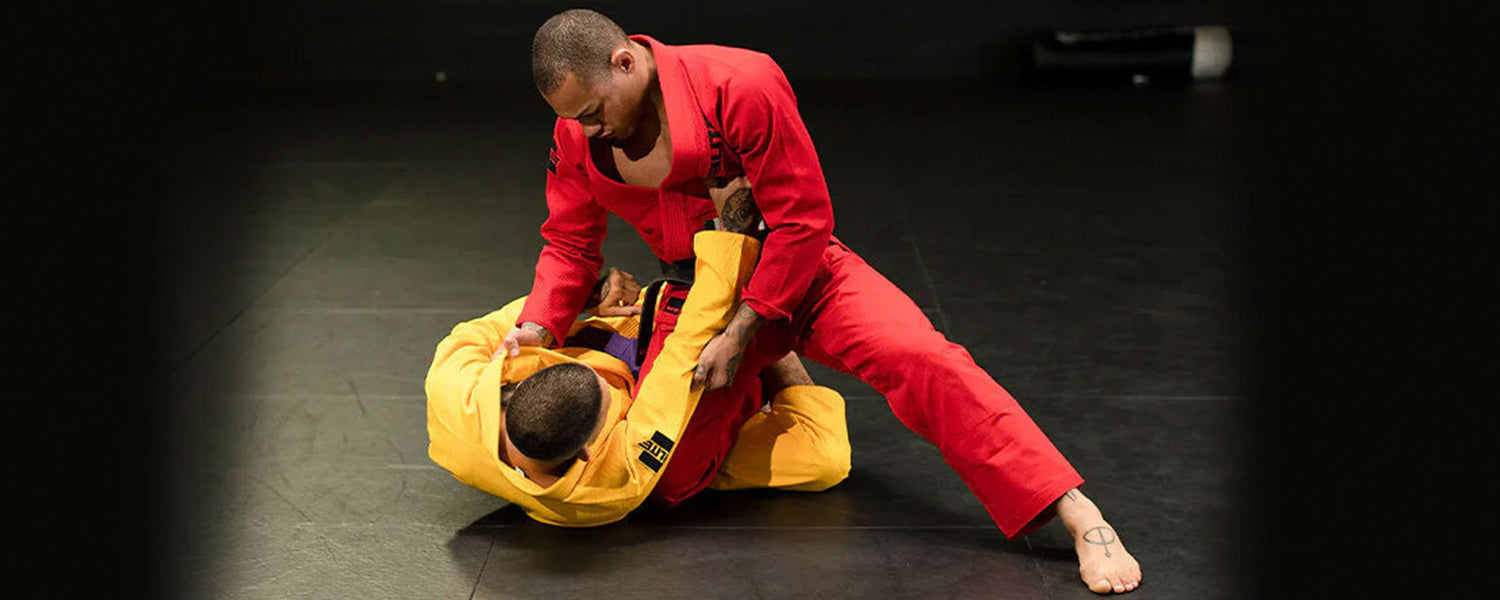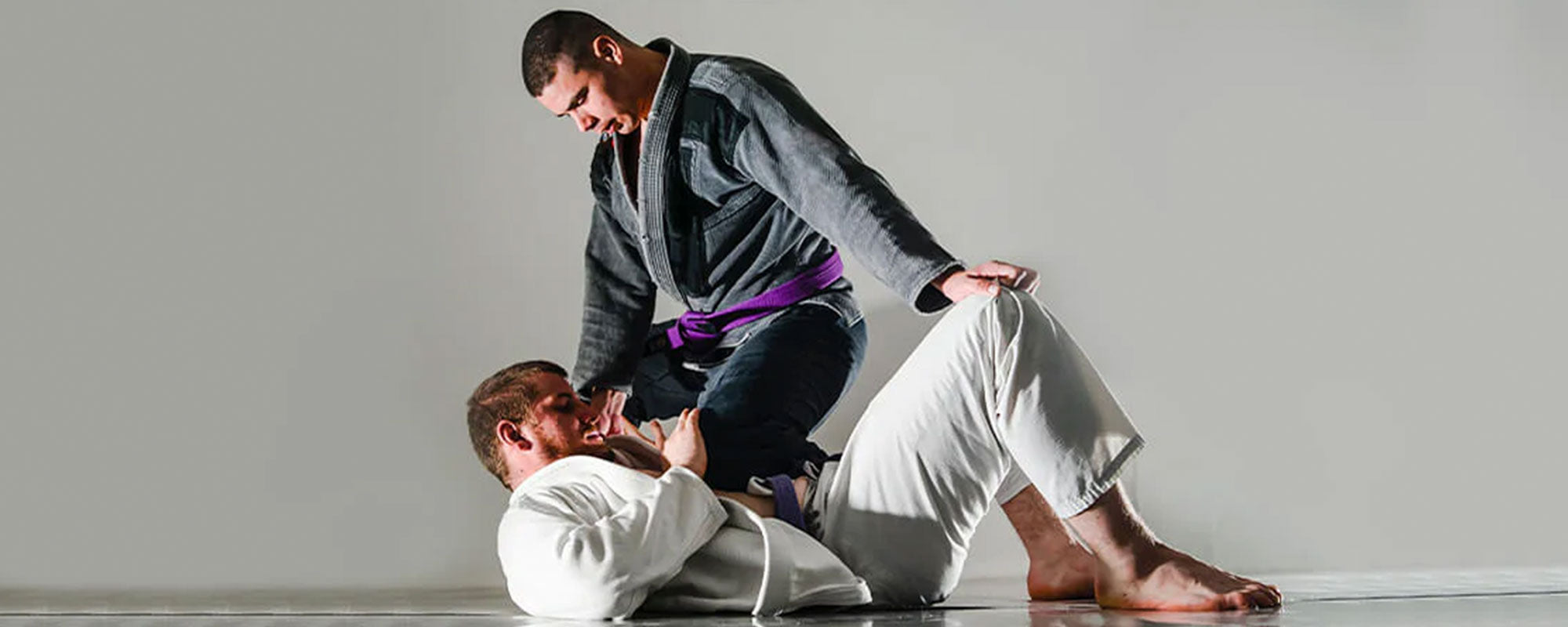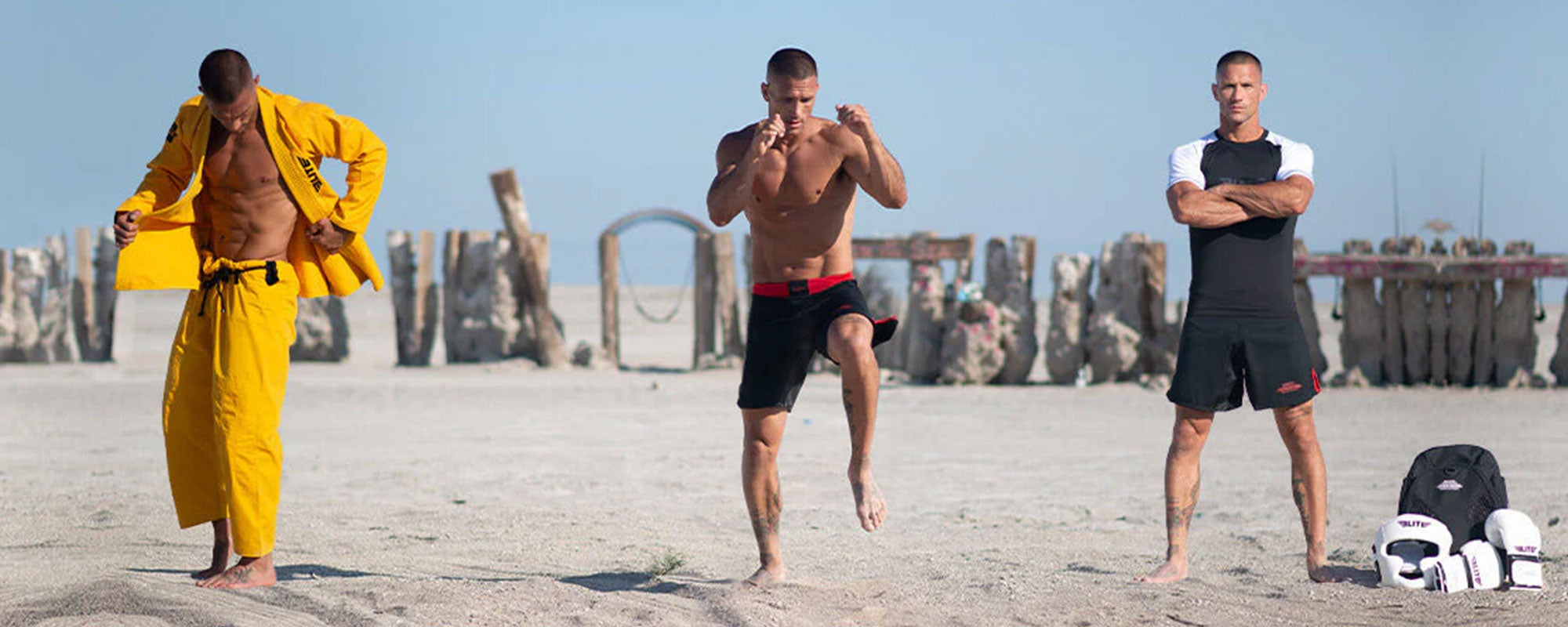Table of content
Although, all the competitions are held under the same alliance and deal with the same league. The thing that makes them different is the rules.
Though, a question arises here: If all the federations are working with the same motive, what is the purpose of having different rules for the same thing?
The answer is the base of all the BJJ federations. While they might seem to be from the same origin, they have variable contexts. Some of them follow different rules and regulations regarding Brazilian Jiu-Jitsu like the ADCC (Abu Dhabi Combat Club).
Whereas, IBJJF and SJJIF contain the same rules because they have a similar history. International Brazilian Jiu-Jitsu Federation and Sport Jiu-Jitsu International Foundation, both were founded by the Gracie Family.
These foundations have the same rules because they have a homogeneous historical background.
Apart from them, ADCC has different rules and the event was fundamentally hosted in Abu Dhabi. Later on, it became popular and has its roots spread into many other countries. Brazil, Spain, China, Finland, the U.K., and the U.S. are included in the list.
In this rules guide, you’ll get to know about all the rules you’ll have to follow in BJJ competitions, whether it’s the IBJJF, SJJIF, or ADCC.
1. IBJJF (International Brazilian Jiu-Jitsu Federation) Competition Rules: Fouls, Rules, and Requirements
1.1. IBJJF Scoring System
The IBJJF scoring system is quite an opportunity for the BJJ fighters. Either you let your opponent mount or put his knee on your belly, you are going to have extra points added to your score.
Moreover, there are multiple ways that you can take advantage by takedown your opponent or you can either get a submission advantage.
Submissions are the clear points. Make your opponent tap, that could be physically or verbally. There are other conditions like if the opponent gets unconscious, requests a timeout due to pain, and referee's digression.
- 4 Points - Back Control, Mount
- 3 Points - Passing the Guard
- 2 Points - Knee on Belly, Takedowns from Standing and Sweeping the Guard
2. IBJJF Fouls
As well as taking points and winning, you can also lose points by disobeying the IBJJF rules. There are multiple rulesets, penalties, and disqualifications that can cost you victory if you do not follow the rules.
2.1. Penalties
Penalties are basically a way to take the results out if the match is not going anywhere then the penalties are taken into consideration to decide the winner. Referees have the right to accord penalties though discretion is advised.
The points are graded according to the offensive attempts, as in penalty points for the first offense, advantages for the second offense, and additional points for competitors for the third offense.
- Not Engaging: Sitting to guard without engaging the opponent, i.e. holding onto their kimono, they are awarded a penalty.
- Illegal Grips: Inserting the fingers inside the sleeve of the trouser leg of the opponent to control him or her is against the rules, which can cost you a penalty.
- Communication: No communication is allowed, neither with the opponent nor with the referee. This is also considered a penalty.
- Face Pushing: This is illegal to push the face of the opponent with a hand or foot.
- Taking a Rest: No intentional breaks are allowed. Taking too long to tie a belt and taking off your jacket or anything to take a breather, is not legal.
- Stalling: If a player stands still or not pushing the action on, that is considered stalling which is a foul.
2.2. Disqualification
The DQ happens under some conditional affairs. For example: If a player racks up too many penalties or commits a serious foul and the referee wants to end the match. There are other conditions as well, by committing those you could get disqualified.
- Fleeing: if the competitor flees the boundaries of the matted area, either to avoid a takedown, sweep, and submission attempt, that will be considered a penalty.
- Physical Violence: Punches, kicks, or any other form of physical violence would get you disqualified.
- Slams: Slamming the opponent on the ground or breaking a submission and opening the guard can cause immediate disqualification.
- Disrespect: If a player uses any foul language against the opponent on the mats, towards his or her competitor, coach, referee, or anyone else, that is a disqualification.
- Reaping: There is no reaping allowed in the fight. So, if a player reaps the knee of the opponent and tries to move their opponent into an illegal position that would be automatically disqualified.
- Illegal Uniform: It is compulsory to wear a proper uniform. If the uniform doesn’t meet the requirements of the competition, then the player is automatically disqualified.
- Illegal Submission: A player can only attack submissions according to his or her level. If they attack any submission which is deemed illegal for their level, the match will be ended immediately.
3. IBJJF Hygiene Rules
Except for the in-fight rules, there are multiple rules carved in the base of the IBJJF rulebook. Well, sometimes little things can cause a big digression and that can cause you an immediate DQ.
However, you must have good hygiene. Make sure you have done these things before leaving your house for the competition.
3.1. Trimmed Nails
Ensure you have done the nails of your hands and feet before getting on the mats. Long nails can cause scratches and cuts that no one needs.
3.2. Clean Kimono
Your kimono should be clean and dried before competing.
3.3. Unpleasant Smells
If you step on the mats with a stinky smell, it would be inconvenient for you and your competitor as well. Make sure to sort it out before getting onto the mats for competing.
3.4. Temporary Hair Dye
No temporary hair dye is allowed for the fighter. The color can be the reason for diversion by leaching out from your hair because of excessive sweating.
4. IBJJF Uniform Requirements
IBJJF has strict rules regarding uniforms. There are some rules on BJJ Gi sizing, quality standards, and patch placement. You will not be allowed to fight if your kimono requirements are not sorted out correctly.
Make sure, your uniform fulfills these requirements:
4.1. Kimono
It is compulsory to have a proper BJJ Gi when you are competing under IBJJF rulesets. Do you have to understand now why there are so many vendors at the competitions? They offer you a new Gi so that no chances remain of objections.
Material
No fancy ripstop and canvas jackets are allowed under the IBJJF ruleset. A BJJ Gi should be constructed with a piece of woven cotton fabric. The material should not be too hard and thick because that can impede other competitors.
For trousers, they should be cotton made or some ripstop material, no nylon and fancy denim pants are allowed.
Sizing
Sizing of the fighter’s Gi is an important factor to keep in mind. The jacket of the gi should be sufficient length down the thighs of the competitor and the jacket sleeves should be a long reach to the wrists of the competitor when the arms are outstretched to the side or forward.
As for the trousers, they should be the appropriate size and reach the ankles of the competitor. The trousers should be of the proper fitting, no slim-fitting trousers are allowed.
Quality
The BJJ Gi must not have any tears, rips, and compounds in its construction.
Color
Only white, blue, and black colors are allowed to wear for the IBJJF competition. No other colors are allowed except for these three.
Patches
There are also rules regarding kimono patch placement on the gi in the IBJJF rulebook. Following in the picture the detail is provided.

5. Belt
5.1. Color
A fighter’s belt must be the same color in which class he is competing. The belt system defines the fight category.
5.2. Size
A fighter’s belt should be long enough to allow for sufficient length to revolve around the waist at least twice. Also, leave some length at the end of the knot.
The width of the belt must vary between 4 and 5cm.
5.3. Grading Bar
It is a must that a grading bar should be present on the belt in all the IBJJF competitions.
5.4. Tied
The belt should be sufficiently tied up around the waist of the fighter to keep the kimono jacket closed.
6. ADCC (Abu Dhabi Combat Club) Competition Rules: Score Points, Permitted Techniques, Illegal Techniques, and Requirements
The ADCC rules are different from the other major BJJ organizations. Although, they are not completely different but contain some big rules which are anonymous to the other federations.
Below are the ADCC rules mentioned which are changed from the other big BJJ organizations.
- According to the ADCC ruleset, there will be no positive points given in the first half of the match that is equivalent to 5 minutes.
- Pulling guard at any time during the fight is penalized with a negative point.
- Negative points are not included in the final score of a player until the match ends.
For Example: If a player pulls the guard and penalizes one negative point. At the end of the match if his score is 5 points that would eventually fall onto 4 points after deduction of one negative point.
7. ADCC Score Points
- Mount Position - 2 points
- Knee on Stomach - 2 points
- Passing the Guard - 3 points
- Back Mount with Hooks - 3 points
- Clean Takedown (ends past the guard) - 4 points
- Takedown (ends guard or half guard) - 2 points
- Sweeps (ends guard or half guard) - 2 points
- Clean Sweep (ends past the guard) - 4 points
8. ADCC Penalty Points
- If a fighter voluntarily jumps into the guard and changes his or her position from standing to the non-standing stance by any means for 3 or more seconds, he or she will be penalized a minus point.
- After disengaging from a fighter, if a fighter starts backing up and avoids engaging again, he will be penalized a minus point.
- If a fighter remains passive and stays inactive or shows no participation, he will be warned by the referee. There are only two warnings for passivity and the fighter will be punished by a minus point.
After the first minus point, the referee is not going to give any other warnings, and if the fighter remains passive the minus point will be given immediately.
- Although there are no negative points in the first half, the referee will give the fighter warnings for passivity.
9. Legal Techniques
- All Armlocks
- All Blocks
- Slamming out of Submissions
10. Illegal Techniques
- Attempt to break the guard by slamming the opponent on the ground
- Necks cranks
- No holding the shorts and use of T-shirt is allowed
11. Take Note
- There will be no involvement if both the competitors go out of bounds during a submission attack. The action will be allowed to continue until the submission is completed and the preserver escapes.
- Competitors are allowed to wear BJJ Gi or wrestling shoes if they wish to.
- The area of the mat is 9x9 meters (30 feet x 30 feet)
12. Final Thoughts
Although, there are different organizations and they access different rules according to their norms. But, one thing that makes them unite and similar, they serve the same prospect.
However, IBJJF and SJJIF are two different schools but they have the same rules because their base is the same. Both of the organizations were founded by Gracie Family.
Whereas ADCC is a bit different at some points but still they have some rules identical to IBJJF and SJJIF. No matter, if you are fighting under the supervision of any of these organizations and follow the rules of any of them, BJJ is their joint supremacy.













Leave a comment
This site is protected by hCaptcha and the hCaptcha Privacy Policy and Terms of Service apply.